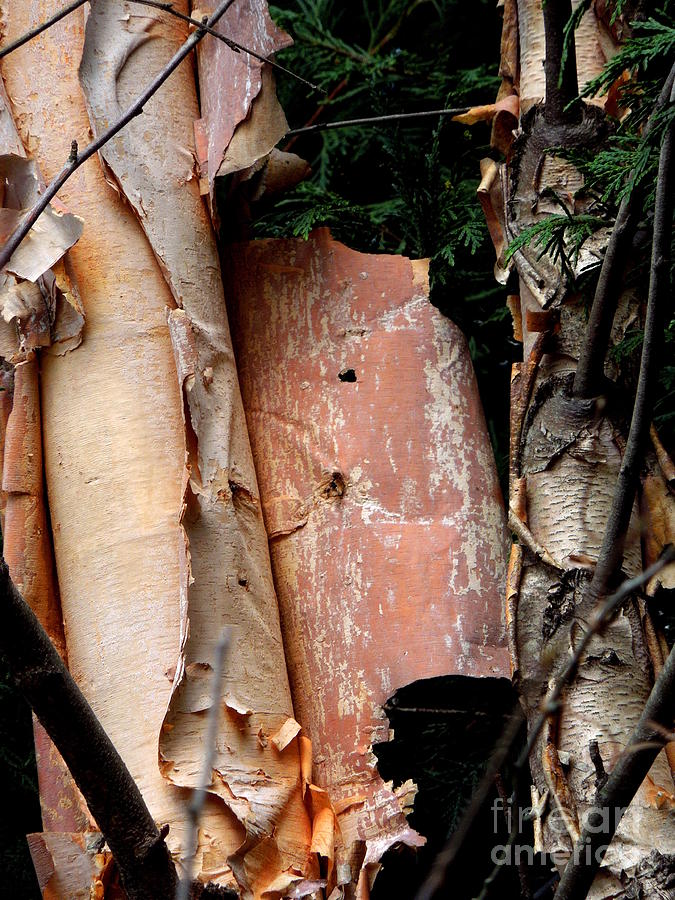

Genus name is the Latin name for a maple tree. shortly thereafter by the Arnold Arboretum. On bright sunny days the southwest side of the tree heats up.

(“Chinese”) Wilson brought this tree from China to England in 1899. this tree regularly occurs as the seed source for paperbark maples at other private and botanic gardens. Sunscald or southwest (SW) injury, as the name implies, is common on southwest exposures. While it is a fungal disease that lives in the soil, it doesn’t necessarily affect plants every yearit can lie dormant in the soil for periods of time. Flowers give way to winged samaras (to 1 1/4” long) with unusually large seeds.Į. The problem that you describe with your paperbark maple is most likely Verticillium wilt. Ornamentally insignificant yellowish flowers bloom in April-early May in clusters (drooping cymes to 1” long) on pendulous downy stalks. Fall color varies, typically ranging from showy shades of orange and red to less spectacular shades of reddish-green to bronze green. Leaves are green above, but frosty blue-green to gray-green with fine hairs beneath. Each trifoliate leaf (3-5” long) features three coarsely toothed leaflets, with the middle leaflet being short-stalked. Sugar maple: large, irregular, brown or red-brown areas develop along and between the veins similar to injury due to drought and heat stress.

Norway maple: narrrow, purple to brown streaks occur along the leaf veins. Cause: The fungus Ceratocystis virescens. Informational table showing disease name, symptoms, pathogen/cause, and management of Maple diseases. Bark on the trunk and limbs is extremely ornamental because it peels into large curls which remain on the tree rather that falling to the ground, often in attractive contrast to the tan to rose-brown inner bark. Symptoms: Discolored wood, bald areas, and smaller than usual leaves near the crown are all symptoms of this disease. Acer griseum Back to Previous Page More Images Plant of Merit Common Name: paperbark maple Type: Tree Family: Sapindaceae Native Range: Central and eastern China Zone: 4 to 8 Height: 20.00 to 30.00 feet Spread: 15.00 to 25. It is native to mixed forests in central China. It typically matures to 20-30 (40)’ tall. It is particularly noted for its exfoliating copper orange to cinnamon reddish/brown bark and its showy orange to red fall color. Acer griseum, commonly called paperbark maple, is a small, deciduous, oval to oval-rounded tree with slender upright branching.


 0 kommentar(er)
0 kommentar(er)
